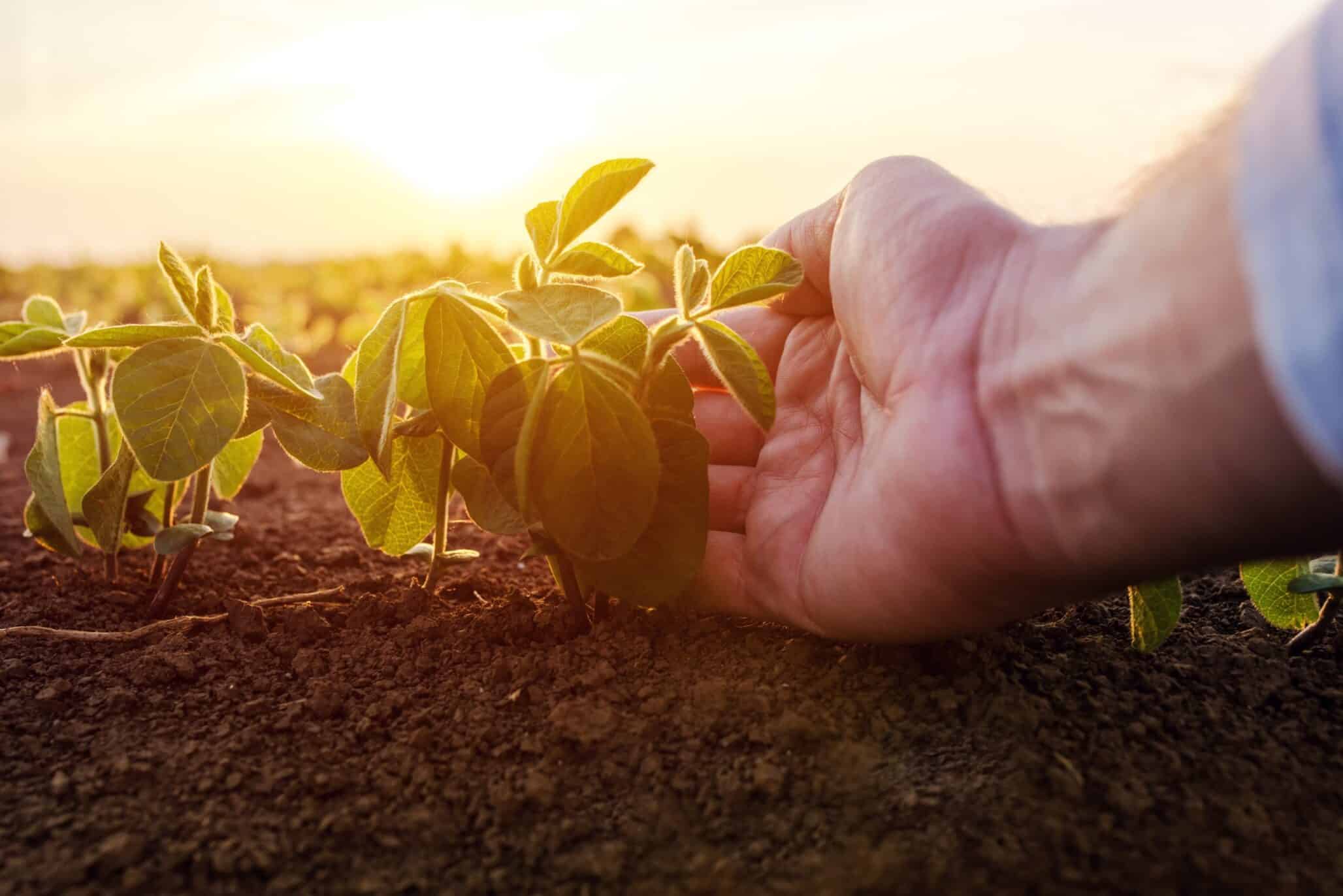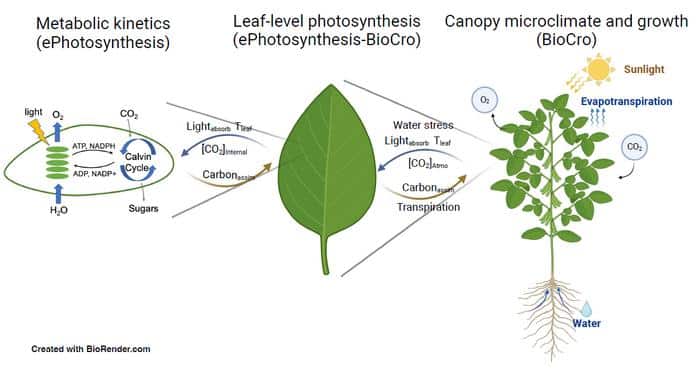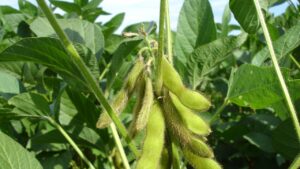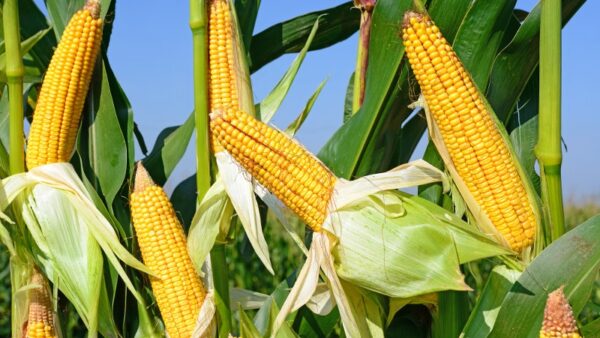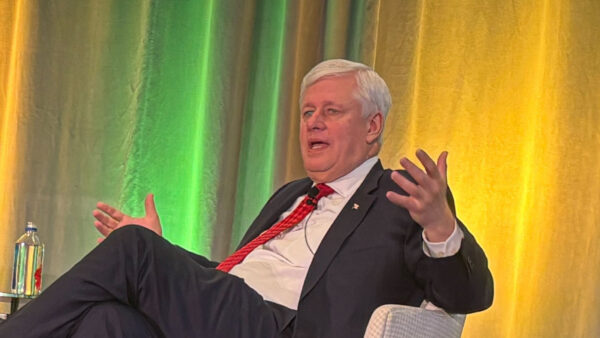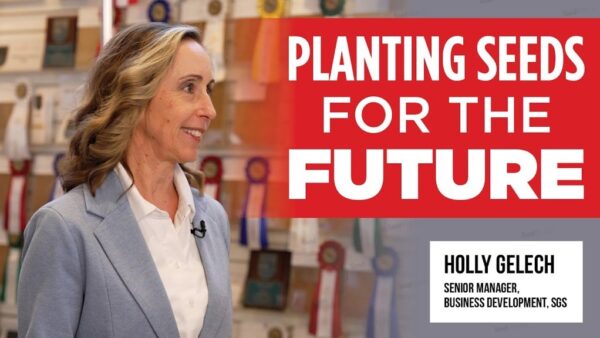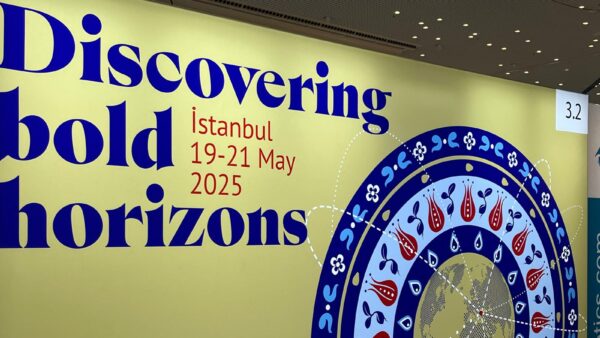Researchers have demonstrated multigene bioengineering of photosynthesis expands the yield for a major food crop for the first time.
A research team headed by the University of Illinois has transgenically changed soybean plants to enhance the efficiency of photosynthesis, allowing higher yields without reduced quality, according to a release.
The findings are part of Realizing Increased Photosynthetic Efficiency (RIPE), a more than decade long international research project with the goal to increase global food production by enhancing photosynthetic efficiency for food crops from Sub-Saharan Africa’s smallholder farms. The project is supported by the Bill & Melinda Gates Foundation, Foundation for Food & Agriculture Research and U.K. Foreign, Commonwealth & Development Office.
“The number of people affected by food insufficiency continues to grow, and projections clearly show that there needs to be a change at the food supply level to change the trajectory,” said Amanda De Souza, lead author and project research scientist for RIPE. “Our research shows an effective way to contribute to food security for the people who need it most while avoiding more land being put into production. Improving photosynthesis is a major opportunity to gain the needed jump in yield potential.”
RIPE researchers improved the VPZ construct in the soybean plant to boost photosynthesis. The team then conducted field trials to determine if yield would increase.
“Despite higher yield, seed protein content was unchanged. This suggests some of the extra energy gained from improved photosynthesis was likely diverted to the nitrogen-fixing bacteria in the plant’s nodules,” said Stephen Long, RIPE director and Ikenberry endowed university chair of Crop Sciences and Plant Biology at Illinois.
Researchers chose tobacco plants as their first test subject due to the simple transformation of the crop’s genetics and number of seeds that are produced from a single plant. After completing the trial on tobacco, the team focused on inserting the genetics in soybeans.
“Having now shown very substantial yield increases in both tobacco and soybean, two very different crops, suggests this has universal applicability,” said Long. “Our study shows that realizing yield improvements is strongly affected by the environment. It is critical to determine the repeatability of this result across environments and further improvements to ensure the environmental stability of the gain.”
Further tests on the transgenic soybean plants are currently being conducted, with results projected for early 2023.
“This has been a road of more than a quarter century for me personally,” said Long. “Starting first with a theoretical analysis of theoretical efficiency of crop photosynthesis, simulation of the complete process by high-performance computation, followed by application of optimization routines that indicated several bottlenecks in the process in our crops. Funding support over the past ten years has now allowed us to engineer alleviation of some of these indicated bottlenecks and test the products at field scale. After years of trial and tribulation, it is wonderfully rewarding to see such a spectacular result for the team.”
Read More:
No Sun, No Problem for Artificial Intelligence
Ancient Enzymes Rise from the Dead to Improve Photosynthesis
Over 60 Million Euros for Research on More Efficient Photosynthesis
Cassava Breeding Hasn’t Improved Photosynthesis or Yield Potential


